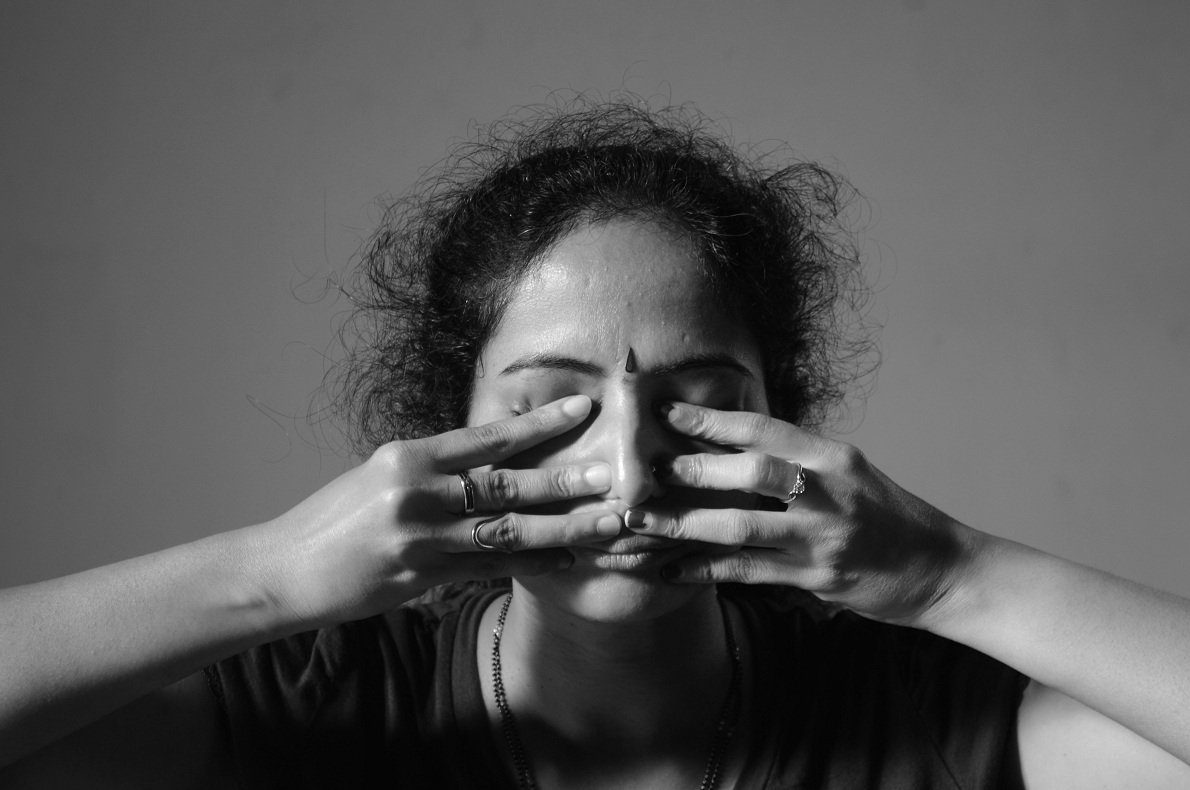03
Oct
The word Shanmukhi comes from the sanskrit: Shan means ’seven’ and Mukhi means ‘gates’ and mudra, meaning “gesture”. Shanmukhi mudra involves redirecting the awareness inside by closing the seven doors of outer perception: the two eyes, ears and nostrils and the mouth. In this mudra, one should listen to the inner sounds and look for whatever colors or figures appear in the darkness.
Benefits of practicing Shanmukhi Mudra:
- Calms the mind and nervous system.
- Reduces stress, anxiety, anger and irritation.
- Relaxes the nervous system and ensures the smooth functioning of the facial nerves.
- Balances the internal and external awareness.
- This mudra leads to pratyahara, a state of withdrawal of energy from the senses.
- Helps with deeper meditations that promotes better and clear thinking.
Limitations for practicing Shanmukhi Mudra:
Practice of this mudra to be avoided if you are suffering from depression.
Technique for practicing Shanmukhi Mudra:
- Sit in any comfortable meditative posture, keeping the spine erect.
- Raise the arms in front of the face with elbows pointing outward in line with the shoulders.
- Close the ears with the thumbs, the eyes with index fingers, the nostrils with the middle fingers and the mouth by placing the ring and little fingers above and below the lips.
- Equal pressure should be maintained on the ears and the eyes.
- With the tips of the middle fingers press both nostrils equally. Inhale deeply using full yogic breathing, then close the nose using the middle fingers. Hold the breath in for as long as you are comfortable, drawing the vision inwards. When you’re ready to exhale, release the pressure on the nose and slowly breathe out. This is one round. Continue for 5-10 minutes.
- To end the practice, release the hands to the knees, and sit for a few minutes keeping the eyes closed as you gradually externalize your awareness.


Give a Reply